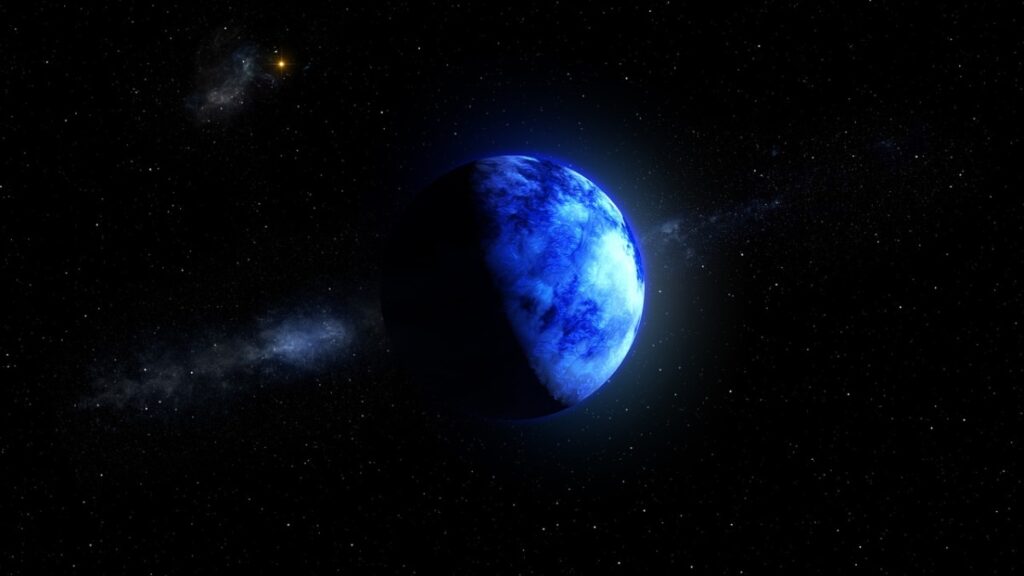A planetary system anchored by a white dwarf star roughly 4,000 light-years away is giving astronomers a glimpse of what might happen to our Sun and Earth in about 8 billion years. This scenario plays out if the Earth survives the transformation of the Sun into a red giant, which is expected to happen in 5 to 6 billion years. During this phase, the Sun will expand, potentially engulfing Mercury, Venus and possibly Earth before collapsing into a white dwarf.
Earth’s survival potential
According to a study published in the journal Nature Astronomy, one scenario for Earth’s survival involves its migration into or beyond Mars-like orbit, resulting in a radiation-damaged but frozen world orbiting a burned-out star. The newly discovered system reveals a white dwarf with half the mass of the Sun and an Earth-sized planet in a wider orbit, showing what a surviving Earth might look like.
Keming Zhang, a researcher at the University of California, San Diego, pointed out that there is no consensus on whether the Earth could avoid being swallowed by the red giant Sun. This system stands out because it also contains a massive companion, probably a brown dwarf, which is a stellar body that fails to ignite nuclear fusion.
The process of discovery
The planetary system was identified through a microlensing event, where the gravitational influence of a body distorts light from a more distant source. Observations of this event, named KMT-2020-BLG-0414, were made using the Korea Microlensing Telescope Network. Research continued with the Keck telescopes in Hawaii, finally confirming the nature of the central star as a white dwarf based on the absence of light expected from a main sequence star.
Future habitable possibilities
Although this discovery suggests that Earth may avoid destruction, it raises questions about the possibility of life on our planet. Jessica Lu, an astronomer at UC Berkeley, noted that Earth may avoid being swallowed up, but may not remain habitable during the Sun’s red giant phase. The habitable zone will move beyond Earth’s orbit, and Zhang suggests that humanity might consider migrating to the moons of Jupiter or Saturn, which could become viable ocean worlds as the Sun expands.
Conclusion
This research illustrates the importance of microlensing in the study of planetary systems. Rome’s upcoming Nancy Grace Telescope, to be launched in 2027, is expected to improve our ability to detect and study exoplanets, potentially revealing more unique configurations in the universe.


